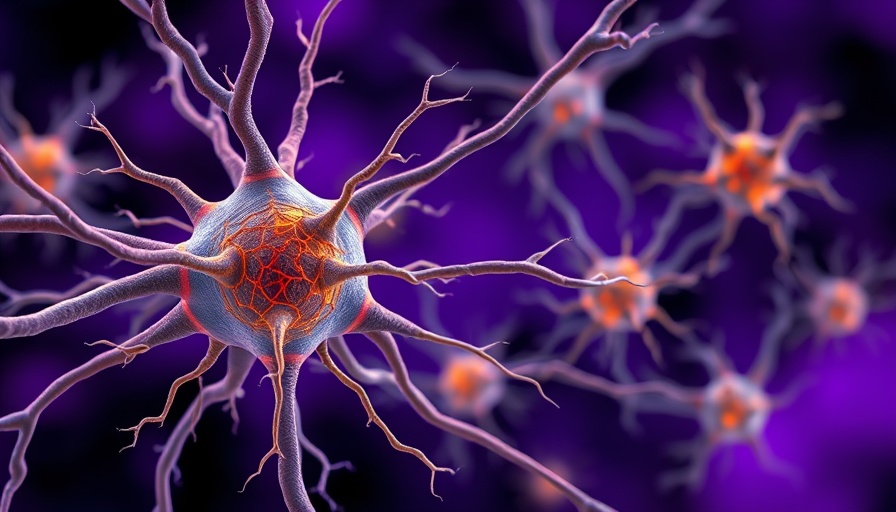
Valacyclovir and Alzheimer's: What We Learned
Recent research has raised questions about the relationship between Alzheimer’s disease and a common herpes drug, valacyclovir. In a trial called VALAD, involving older adults with early Alzheimer’s, it was discovered that valacyclovir did not provide any benefit. The trial explored whether this antiviral drug, used mainly to treat herpes simplex virus infections, could help improve cognitive abilities in individuals with Alzheimer’s.
According to Dr. Davangere P. Devanand from Columbia University, the results of the trial showed that those taking valacyclovir actually experienced greater cognitive decline compared to those taking a placebo. On the Alzheimer's Disease Assessment Scale-Cognitive subscale, participants taking valacyclovir scored worse, indicating a concerning outcome (ave. difference of 3.91 points). While valacyclovir is generally considered safe, this trial did not support its use for treating Alzheimer’s.
Understanding the Connection: Herpes and Alzheimer's
The research behind using valacyclovir for Alzheimer's comes from intriguing theories suggesting a link between herpes viruses and neurodegenerative diseases. Specifically, some studies have indicated that herpes simplex virus type 1 (HSV-1), which often causes cold sores, might play a role in Alzheimer's development when combined with the genetic risk factor APOE4. However, the VALAD trial didn't find any strong evidence to back this idea, highlighting the complexity of such relationships in medical science.
Key Findings: The VALAD Trial
VALAD was a phase II proof-of-concept trial that tested whether repurposing the herpes medication could possibly help alleviate cognitive symptoms in Alzheimer’s patients. The study was limited to 120 participants, mainly older adults with mild Alzheimer's symptoms and known herpes infections. Despite the drug's well-known safety profile, the trial revealed that valacyclovir did not stop cognitive decline or improve daily functioning.
Mixed Evidence on Herpes and Alzheimer's
The link between Alzheimer's and herpes viruses remains a debated topic among scientists. While the VALAD trial did not find a beneficial effect of valacyclovir, some research suggests that HSV-1 could lead to brain changes that might be related to Alzheimer’s symptoms. Understanding this connection better could help guide future treatment approaches or preventive strategies.
What Comes Next?
As researchers continue to explore Alzheimer’s disease, the recent trial adds to our understanding of potential treatments. The search for effective therapies remains critical, especially as Alzheimer’s diagnoses increase with an aging population. The disappointment in valacyclovir’s efficacy illustrates the challenges scientists face in finding successful Alzheimer’s interventions.
 Add Row
Add Row 

 Add
Add 


Write A Comment